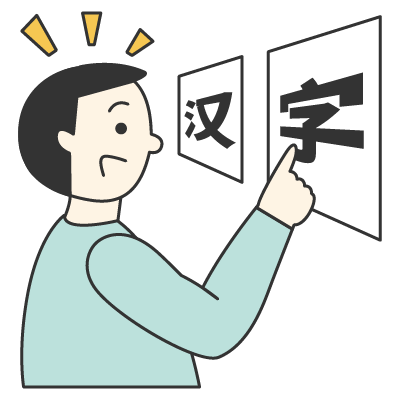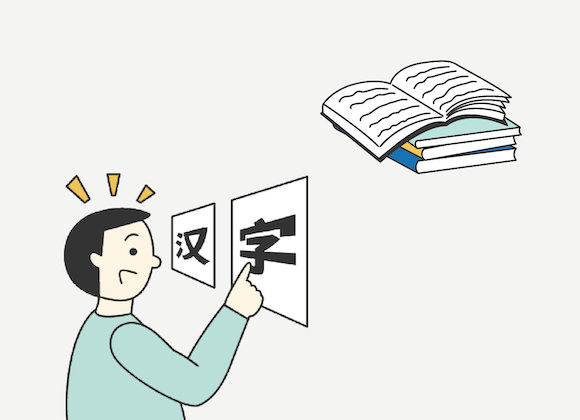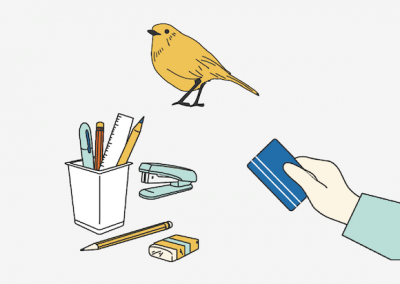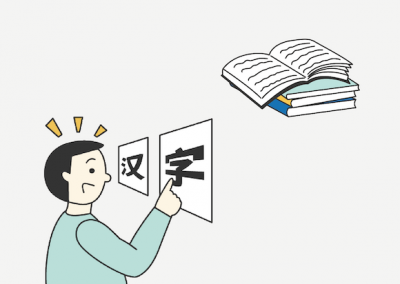3 Structures to Soften the Tone in Chinese Conversations: Master Polite and Effective Communication
Many Chinese learners encounter the phrase “一下” (yī xià), which can be confusing due to its vague meaning. As a result some students struggle to understand how to use it in this article we’ll explore the phrase “verb + 一下 (yī xià)” and two other effective structures commonly used to soften the tone in Chinese conversations. Master these polite and nuanced expressions for smoother communication in Chinese.

1. Verb + 一下 (yī xià)
This structure refers to a certain action that doesn’t last long, and it could be translated as “to do a bit of something”. The most common phrases that you may hear in Chinese people’s daily lives are 看一下 (kàn yī xià) – have a look and 等一下 (děng yī xià) – wait a minute.
Another important functions of “verb” + 一下 (yī xià) is that it can make you sound less “aggressive”. Let’s take a look at the following examples to help you better understand the use of this structure:
EXAMPLE:
我可以看一下你的书吗?
Wǒ kěyǐ kàn yī xià nǐ de shū ma?
Can I take a look at your book?
As you’re asking someone to show you his or her book, you certainly would like your question to sound polite.
EXAMPLE:
我想问一下这是什么。
Wǒ xiǎng wèn yī xià zhè shì shénme.
I’d like to ask what this is.
Although you’re just asking a casual question, you still want to ask it in a courteous way.
2. Verb + Verb
This structure can be considered identical to “verb + 一下 (yī xià)” in terms of their meanings and functions. Therefore, they’re interchangeable in most situations. Nevertheless, “verb + verb” also implies doing something in a relaxed atmosphere.
EXAMPLE:
下午我喜欢听听音乐。
Xiàwǔ wǒ xǐhuān tīng tīng yīnyuè.
In the afternoon I like listening to some music.
EXAMPLE:
我今天打算收拾收拾房间。
Wǒ jīntiān dǎsuàn shōushí shōushí fángjiān.
I plan to clean my room today.
VOCABULARY:
打算
dǎsuàn
plan to…
收拾
shōushí
to clean, to tidy up
3. Verb + 一 (Yī) + Verb
The two structures explained above can be replaced by verb + 一 (yī) + verb in most cases. However, this structure can only be applied to verbs that contain one character. For instance, “准备” (zhǔnbèi) means “to prepare”. Since it contains two characters, verb + 一 (yī) + verb” cannot be used when you would like to say “to prepare a bit”.
EXAMPLE:
我们可以聊一聊中国文化。
Wǒmen kěyǐ liáo yī liáo Zhōngguó wénhuà.
We can have a chat about Chinese culture.
VOCABULARY:
聊
liáo
to chat
文化
wénhuà
culture
FAQ: 3 Ways to Soften the Tone in Chinese | Learn Polite Phrases
To soften your tone in Chinese you can use the following techniques:
Verb + 一下 (yī xià): This makes your request sound casual and polite
Verb + Verb: Similar to “verb + 一下” this structure conveys a relaxed action
Verb + 一 (Yī) + Verb: This softens the tone and is often used for verbs that consist of one character
02. How “verb + 一下 (yī xià)” make Chinese more polite?
The structure “verb + 一下” is used to make your request sound less direct which is especially important in maintaining politeness in Chinese conversations
For example:
Asking “Can I take a look at your book?” using 看一下 (kàn yī xià) makes your tone sound polite and considerate.
03. Can I use “verb + verb” in place of “verb + 一下”?
Yes, “verb + verb” can often be used interchangeably with “verb + 一下”. Both structures have a soft tone that is appropriate for polite requests for instance instead of saying “I want to look at this” you could say “I want to have a look at this” with 看看 (kàn kàn).
04. When I use “verb + 一 (Yī) + verb” in Chinese?
The “verb + 一 (yī) + verb” used to express something in a light manner. This works best with single character verbs like 聊 (liáo) meaning “to chat” For example 聊一聊 (liáo yī liáo) means “let’s chat”.
05. How I use these softening structures in my daily Chinese conversations?
To use these structures in everyday conversations, incorporate them into requests casual statements, questions where you want to sound polite and relaxed. For instance, when asking for a favor, you can say 等一下 (děng yī xià) instead of the more direct 等 (děng) making your tone more polite.
To find out more interesting and useful Chinese vocabulary, check out one of our blog posts 5 Ways to Eat in Chinese: Takeouts, Dine-in and More










